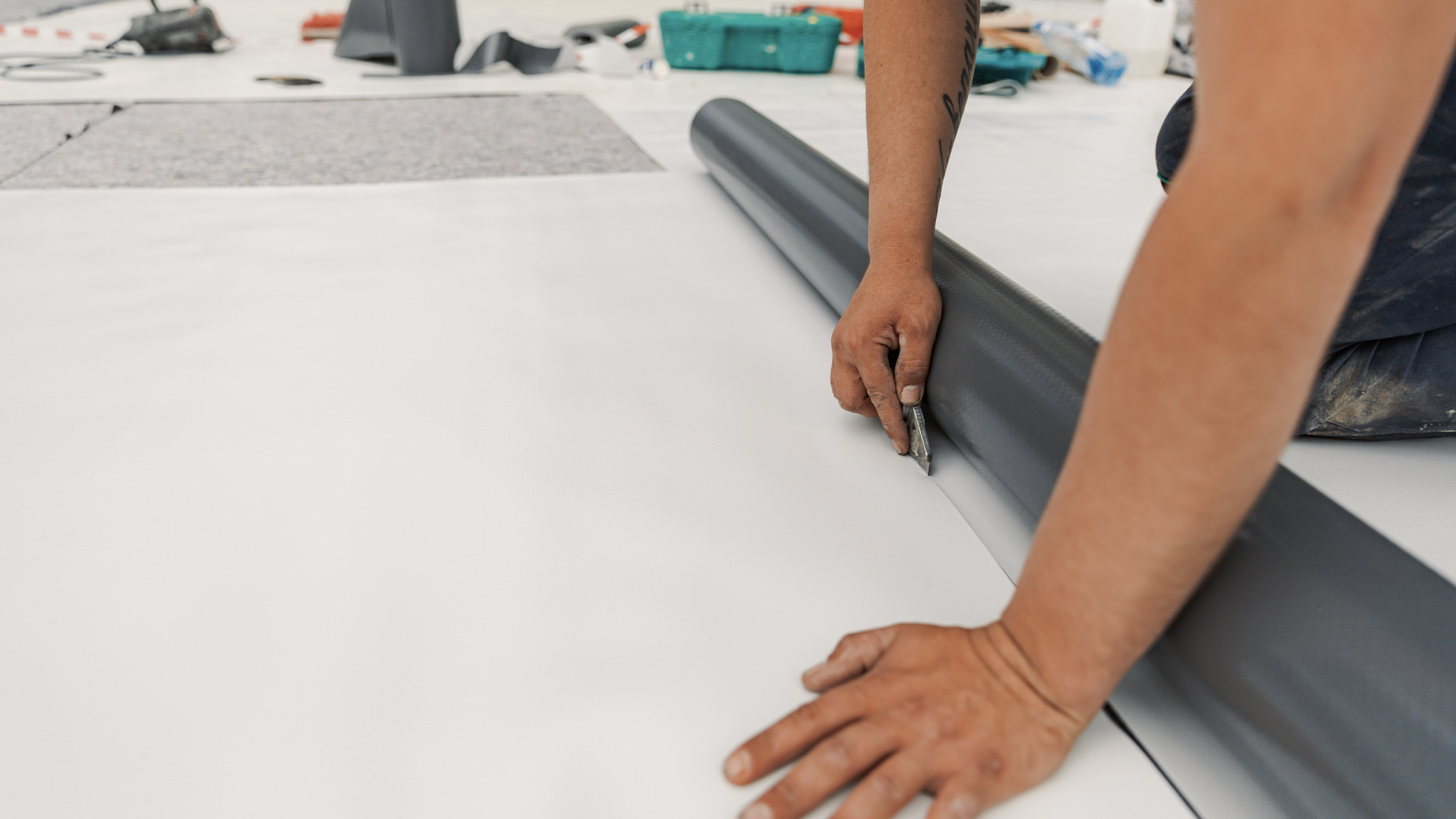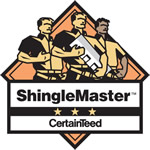Pros and Cons of TPO Flat Roofing

TPO is a relatively new technology that was introduced just over 30 years ago. Since it’s invention, its made waves in the roofing industry. Many love the material for it’s superior flexibility, while others like the various colour options to choose from.
TPO is short for Thermoplastic Polyolefin. It’s made from talc carbon filler and EPR (ethylene polypropylene) and comes in varying thicknesses from 40-80 mils.
TPO is primarily installed using one of three installation methods:
Mechanical: This involves using special plates and screws to install the TPO
Ballasted: This method uses gravel, pebbles and rocks to install the TPO
Fully Adhered: This is a situation where your roofing material is glued directly to the insulation through tar mopping or a fleece backed system.
Pros of TPO Roofing
Cost
Compared to other forms of flat roofs, TPO is less costly and more affordable, whether it be for a commercial or residential building. It’s very inexpensive both in material cost and installation costs.
Flexibility
One major advantage of TPO is flexibility. Aside from being useful in residential homes, TPO can also be used in commercial roofing. The fact that it can be utilized on any kind of roofing is a bonus along with its ability to adapt to any temperature and any type of building.
Colours
Unlike EPDM which mostly come in black colours, TPO has several colours that you can pick from and install on your roof. TPO comes in white, grey, black and many other different colours.
While white has been proven to be UV resistant by reflecting sunlight better, the colours are more of a personal preference than a benefit.
Maintenance
TPO is very easy to maintain and prevents mould growth, isn’t easily punctured, and has a hard layer to prevent tearing. When you install TPO as your flat roof material, you can easily maintain it yourself or call a professional roofing contractor in Vancouver. The recommended time for maintenance is twice per year.
Cons of TPO Roofing
Quality
There are several different qualities of TPO available on the market due to different suppliers offering the product. Unlike other flat roofs where the quality of the product is similar, this isn’t the case with TPO. With TPO, there can be a large disparity which translates to less quality. When there’s a lower quality product being used, it’s likely to underperform.
In this case, you should always purchase your TPO from good, authentic manufacturers. Most roofing contractors work with reputable suppliers and have higher quality products available to them than residential homeowners are able to purchase on their own.
Thickness
As we noted earlier, the thickness of TPO ranges from 40-80 mils. It’s been said that the thicker the TPO, the longer it will last, but that’s not always the case.
Typically, most people would assume that a 60 mil TPO should last longer than the 50 mil TPO, but that has been proven false on numerous occasions. The thickness of the material doesn’t necessarily determine how long it will last for.
Lamination
The upper part of a flat roof is laminated and the lamination alone shows weakness and problems that TPO can develop. Some examples of the problems include cracks, shrinking and deterioration over time.
Fire Resistance
While TPO has a class A fire rating, the material itself does not have fire extinguishing properties like PVC or EPDM, unless used in a ballasted roof system or when a fire retardant is used before installing TPO on the roof.

In Awe Roofing Limited is an Award-Winning, family owned and operated Vancouver Roofing Contractor with over 17 years of roofing experience. We serve the entire Lower Mainland area, from Whistler to Chilliwack, employing a team of professional staff members. Our team has won numerous awards including Best of Homestars for the last five years, and Three Best Rated six years in a row. Learn more






















